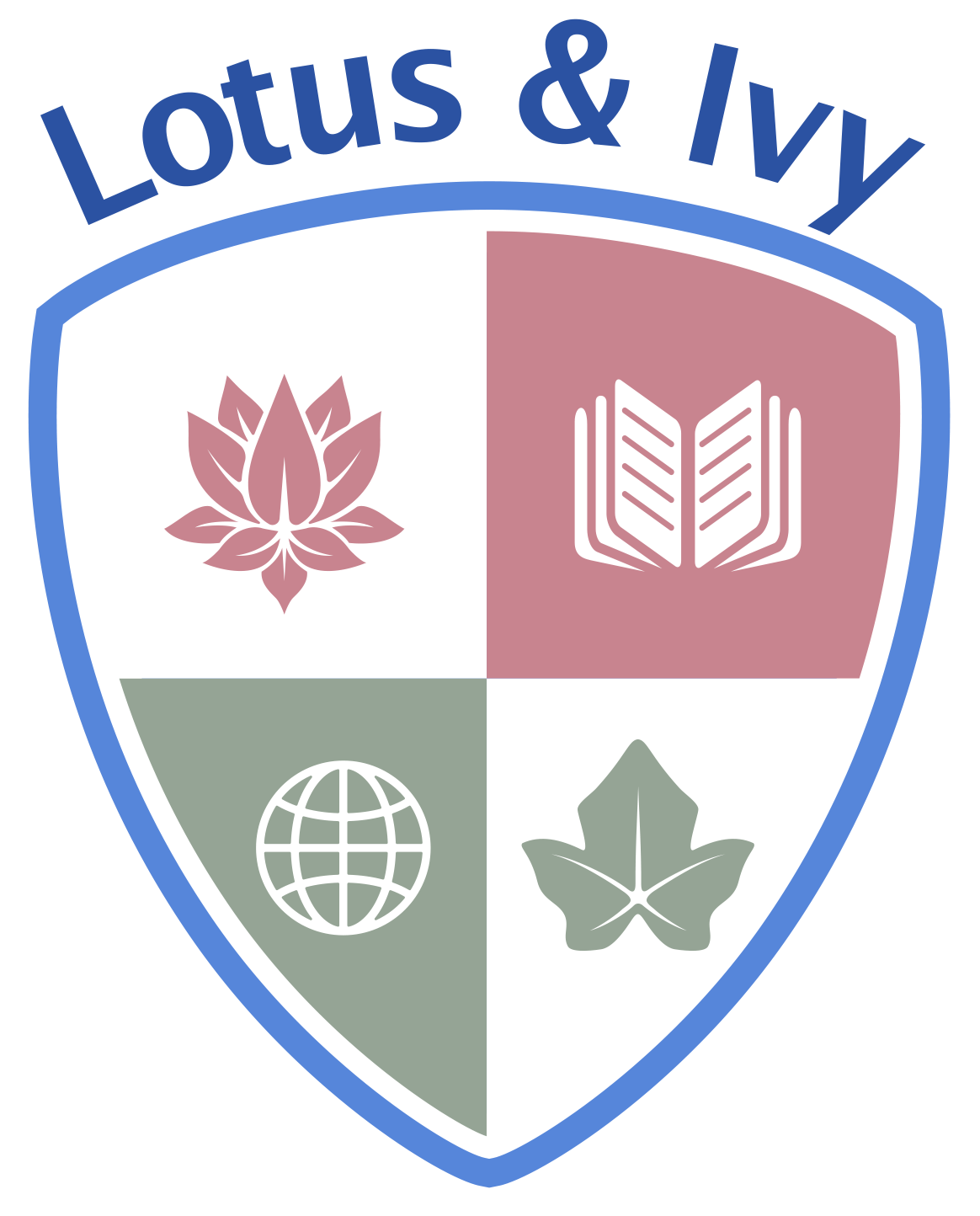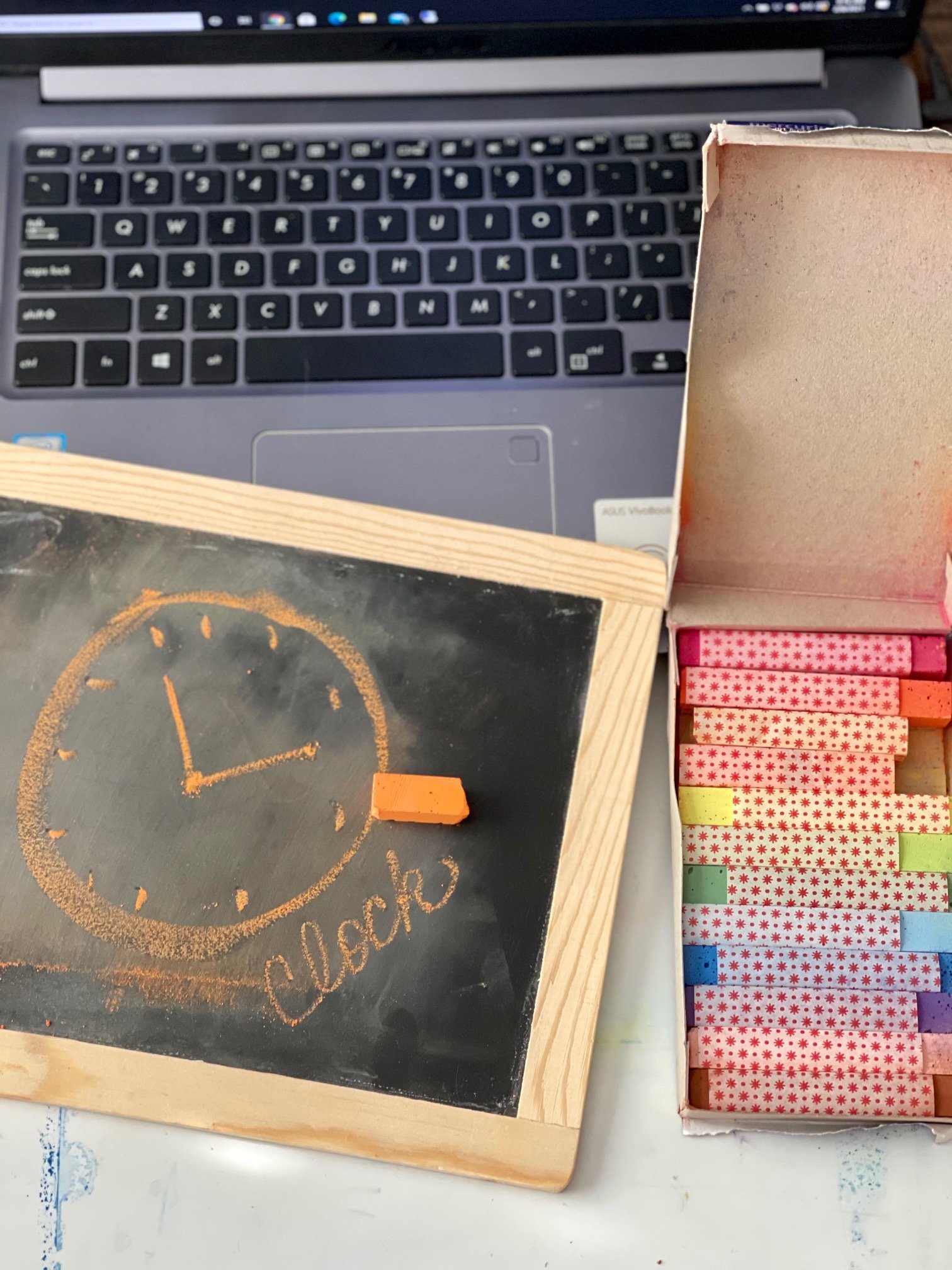Three Ways You Can Deepen Your Connection to the Slow Education Movement
by Sarah Barrett
I can’t think of a time when feeling hurried or rushed is a good thing. When we feel the need to hurry, it is accompanied by feelings of distress, impatience, overwhelm, pressure, or frustration. In just saying these words, I can feel my body tense up. Sometimes even physical symptoms like headaches or stomach aches accompany feelings of hurry and rush. It has the same impact on children.
But when we move throughout the day at a non-hurried pace, things feel much different, much healthier. “Slow movements” have popped up all over the world in recent years. The slow food movement, the slow living movement, slow productivity, slow parenting, slow leadership, slow spending, even slow TV.
In these movements, the word slow embodies feelings of calm, stillness, patience, meaningfulness, inspiration, and other life-affirming and health-giving attributes. It’s not about how much you accomplish, or how “productive” you are, but instead it is about quality over quantity. When we measure productivity in a mainstream sense, we don’t measure the quality of our work, just the amount of work or the hours put in. But the quality is more valuable in the long run.
For example, a student can do 10 worksheets in a “productive” day, but did they call forth their authentic creativity or curiosity, or did it transform their thinking? Did it call on their hands and heart to partake in the experience, along with the head? (After all, research shows whole-body education results in better learning outcomes, even impacting a student’s well-being.)
Did it stir their feelings and interest so much that they brought it into their pretend life and playtime? Did they enjoy the learning process thereby contributing to a lifelong love of learning? Did it help them find new purpose, new perspective, or strengthen their capacity for critical thinking?
Or was it just a rush to get to the finish line because it was deeply un-meaningful to them? Even worse, did it associate “learning” with dread, fear or worthlessness, or did it create feelings of shame, incapability, or low self-confidence?
The slow food movement is about taking the time to prepare and eat whole food, healthy meals as opposed to fast food and processed quick-energy, short-lasting meals. It’s about taking time to nourish your body and appreciate the food this earth provides. This movement has numerous health benefits and even social and environmental benefits.
We’ve probably all had experience in a doctor’s office where the doctor is rushed from patient to patient every 8 to 10 minutes according to the day’s schedule. Does the healthcare we receive in that environment feel as high-quality as when the doctor can spend more time and doesn’t seem rushed?
And in your own work, you’ve probably noticed when you spend all day processing administrative tasks, emails and phone calls or Zoom meetings, you don’t have much capacity, if any, left at the end of the day for producing inspired high-quality work that comes from your authentic gifts, which would be more impactful for your career.
It's easy to see how these slow movements can contribute to a better quality of life and work. At Lotus & Ivy, we are particularly interested in the slow education movement.
What is Slow Education?
Slow education does not mean students are behind or not following an age-appropriate curriculum. It does not mean they have holes in their learning or undeveloped skills. Quite the contrary, they are relaxed in their learning, and they are often learning above “grade-level” because they are interested in it. Children cannot learn when they’re rushed or feel hurried or stressed. Pressure does not equate to greater learning outcomes. Children who are relaxed in their learning form questions about topics which develop their critical thinking skills, and they are inspired to imagine and create new methods, inventions, ideas, stories, plays, games, and other beautiful things that are the result of transformed thinking.
Slow education supports wonder, creativity, and well-being and is rooted in a schedule that allows for balance. Slow education aligns so well with homeschooling because it allows for students to explore their interests and pursue their curiosities.
When a child is able to fully develop their authentic talents and gifts, this is when new inventions are developed, new medical innovations are discovered, allowing humanity to evolve and progress to greater heights.
The slow education movement and Waldorf education go hand in hand. At Lotus & Ivy, we embrace the idea of slow education so that students can enjoy their learning, while still strengthening their will to work, having time to look with wonder and curiosity at the beauty in the world around them, experiencing a joyful education through stories and songs and movement and hands-on experiments. Our curriculum lends itself to an authentic education because of its depth and breadth, and there are a multitude of opportunities and instigations for work that is meaningful to the student. Our daily intention is to strengthen creativity, questioning, and problem solving.
Does the slow education movement call to your heart for your children? Here are three ways you can deepen your connection to the slow education movement.
1. Recognize when your child tenses and “closes up” when it comes to learning. Make note of what enlivens them, what fills them with openness, joy, and curiosity. This is a unique list for each child. Maybe it’s taking things apart, hearing you tell a story, learning about outer space, drawing, playing soccer, learning the names of all types of birds, or singing math songs. Once you have this list, bring more of this into their curriculum.
Some parents worry that their child’s list of what enlivens them is too short, or maybe there are things on it, like video games, or watching TV that they would rather not be on the list. This may mean their video game or TV time allotment is out of balance and they probably have not had enough opportunities to experience more things to add to their list. If this is the case for you, I recommend spending a few months broadening their horizons with field trips, time in nature, community service, visits to the library, and some new classes they may be interested. Lotus & Ivy offers classes in cooking, ukulele, painting & drawing, Spanish, German, woodworking, and more.
2. Allow your children to engage in real and meaningful work that matters to them. When we are busy checking off boxes and rushing from one activity to the next, we become part of the toxic “hustle culture” and it can overshadow our children’s true selves, dreams, and desires. Allowing them the time to do meaningful work, calls forth their authenticity and strengthens their capacities for empathy, curiosity, and purpose, which will serve them throughout their lives.
When the intention of the education or curriculum is to call forth the child’s own unique talents and authenticity, and when we allow them to play and think in freedom, this is when transformation happens – from the early years and into high school and beyond. As homeschoolers, we have the great privilege to create a more personalized education for our children.
If a student wants to learn about dinosaurs, then let them draw dinosaurs, imagine new species of dinosaurs, write a story about dinosaurs, pretend to play dinosaurs, make a dinosaur costume, read dinosaur books, etc. Allow them to do this work because this is what helps them develop a love for learning, and it is engaging the brain and developing strong neural pathways which will serve their future work. If a student wants to sit out in the heat all day to sell lemonade to benefit the local pet shelter, make the time for them to do this because this develops self-purpose.
Developing self-purpose or a love of learning are far more valuable outcomes of education than reciting battle dates, acing a spelling test, or even a high SAT score.
3. Strive for your home to embody words such as these. Still, receptive, calm, moments of serenity, patient, unhurried, quality over quantity, interesting, thought-full, mindful, genuine. Reflect on each day and think about where you can make gentle shifts (it doesn’t need to happen fast of course!) toward slow. Not only does this benefit the children, but it benefits everyone in the household and those you interact with.
When the grown-ups adopt principles of slow living into their work and personal life, it overflows into the children, positively affecting their well-being. Maybe your digital practices could use a slow overhaul or maybe the slow food movement appeals to you. Maybe you can make more room in your schedule by hiring out for some tasks or maybe the slow spending movement is something you feel drawn to. Seek out little ways to adopt more slowness into your life and see how good it feels.
Let us know what you think about the slow education movement and how you have brought practices into your own life and home.

